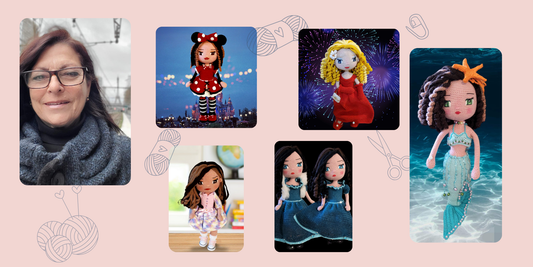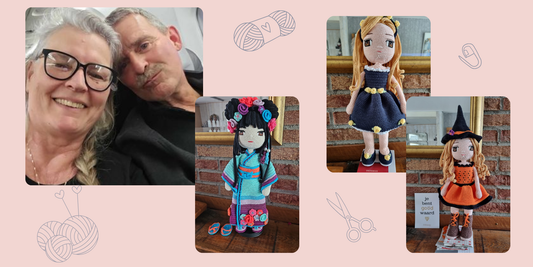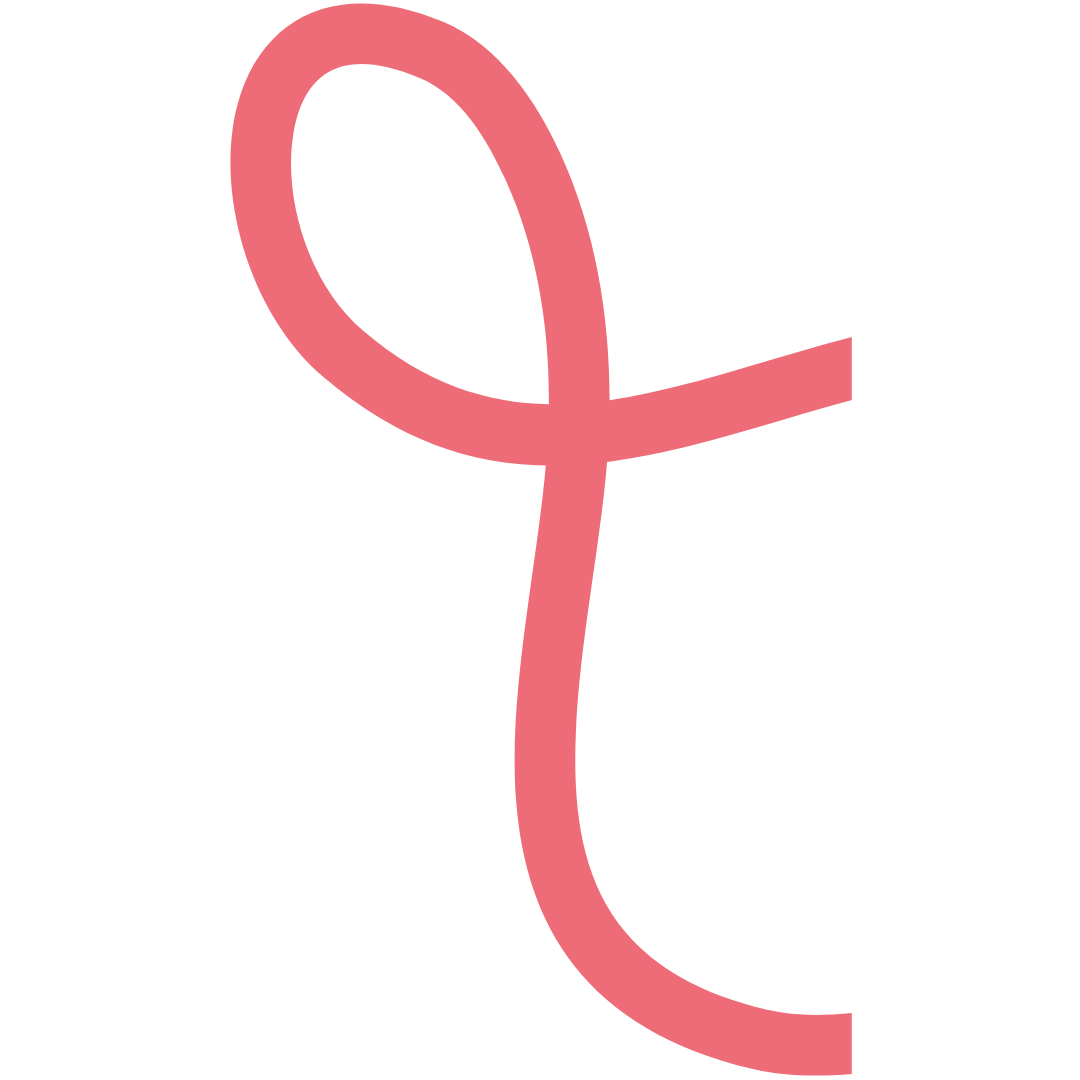Decoding Crochet Patterns: Your Ultimate Guide
Crochet, with its intricate designs and stunning outcomes, may seem like magic to onlookers. However, every crocheter knows that behind the magic lies a pattern—a roadmap that guides us stitch by stitch. But for many, especially beginners, reading a written crochet pattern can be as puzzling as deciphering an ancient script.
Let’s unravel this mystery together.
1. Understand the Basics:
Before diving into a pattern, familiarize yourself with the basic structure. Most patterns will have:
- Title: The name of the project.
- Materials: List of yarns, hook sizes, and other necessary tools.
- Gauge: Information on how many stitches and rows should equal a certain measurement to ensure sizing accuracy.
- Stitch Key: A list of abbreviations and their full forms, e.g., sc (single crochet), dc (double crochet).
- Notes: Important tidbits or unique instructions specific to the pattern.
2. Deciphering Abbreviations:
Crochet patterns commonly use abbreviations to keep the instructions concise. While "sc" typically stands for single crochet, and "dc" for double crochet, there are many others you might encounter. Always refer back to the stitch key if you’re unsure.
3. Numbers and Repetitions:
Patterns often involve repetitions. For instance, "5 sc" or "sc 5", means to single crochet in each of the next five stitches. If you see "inc", it indicates making two single crochets in the next stitch (inc stands for increase). And instructions like (sc, dc) mean you should repeat the instructions within the asterisks.
4. Special Stitches and Techniques:
Sometimes patterns introduce unique stitches or techniques. A good pattern will provide a brief explanation or reference to these special stitches.
5. Reading in Rounds vs. Rows:
Crochet patterns can be written for projects worked in rounds (circular patterns, like amigurumi) or in rows (like blankets). It’s vital to recognize the difference, as it affects how you start new sections and turn your work. Usually, when the project is worked in rows, there will be an indication to "turn" and work on the opposite direction, once you reach one side.
6. Finishing Instructions:
Towards the end of the pattern, there will be instructions on finishing touches, like weaving in ends, blocking, or adding embellishments.
7. Seek Visual Aids:
Some patterns come with diagrams or charts. These visual aids can provide clarity when the written word feels overwhelming. Other patterns (like the ones at Crochetree) have a lot of images that will guide you through each of the steps.
Tips for Success:
- Highlighter Magic: Use a highlighter or sticky note to keep track of where you are in the pattern.
- Practice with Simpler Patterns: Before tackling a complex project, hone your pattern-reading skills on simpler, smaller designs.
- Join a Community: Being a part of crochet groups (like our Facebook group for our crochet dolls), online forums, or social media communities can be immensely helpful. Fellow crocheters can offer insights, clarifications, or shared experiences.
In conclusion, reading a crochet pattern is like learning a new language. It might seem daunting initially, but with practice, patience, and a bit of persistence, it becomes second nature. And remember, every crocheter, no matter how expert they seem now, was once a beginner puzzling over their first pattern. You've got this! 🧶❤️

















